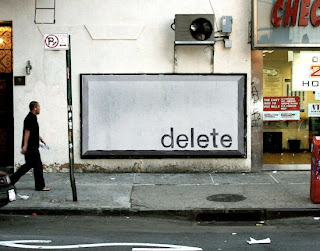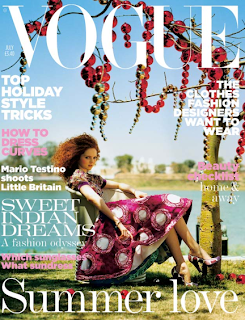An image can speak a thousand words yet when you add text it can speak two. Adding text to an image can completely change the meaning and intent and image is supposed to portray. The text that is added can recreate a whole new story for the image and effects how people percieve the image. What you choose to add to the image can completely change the effect an image can have on its audience and is a powerfull tool in sending a message or provocing emotion. Below I will show an example of the importance of text to project a message on an image and make people stop and think.
The image above just looks like an ordinary portrait, it could have been taken from a hair advertisement, fashion shoot or even a family photo. From looking at this photo you don’t really get much clue into the story behind the image yet there are many possibilities that you think the intent of the image could be. Now take the same image and add some text and see how the image completely changes meaning.
By adding a few simple sentences to this image it takes an image that could have been used for many different things and adds a serious tone to the picture. It changes a beautiful girl in a portrait to quite a sad and emotional image. Without the text the image projects no emotion yet with the text it becomes a heart wrenching piece that draws on the audience for sympathy and help. The above example shows the importance of text when trying to send a message and how by adding text can completely change to emotion portrayed by an image.
This image was taken from a film poster advertising the film ‘Dark Country’. http://www.filmschoolrejects.com/news/exclusive-new-art-for-thomas-janes-dark-country-neilm.php



















































